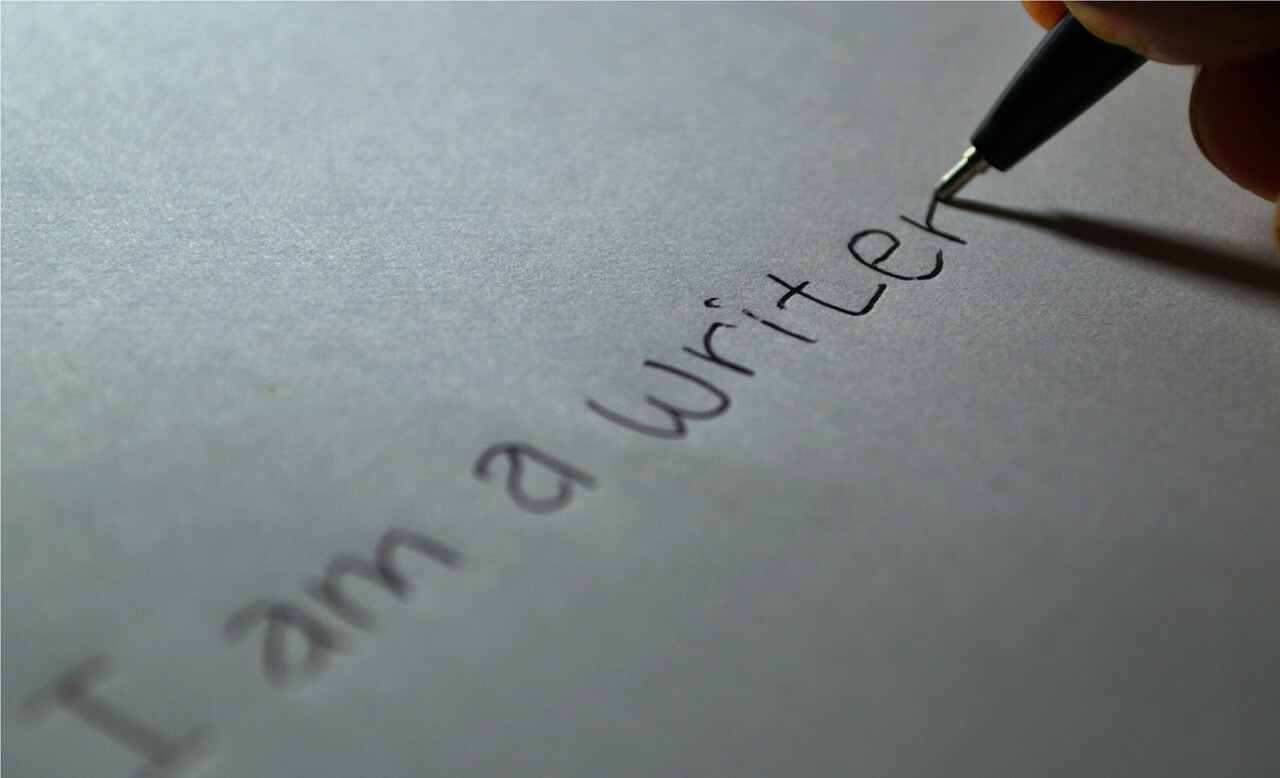Brief Annotated Bibliography for the Business Writer
Contributed by Deane Gradous, Twin Cities consultant
American Heritage Dictionary
(2nd Ed.). (1982). Boston: Houghton Mifflin.
A dictionary is essential, even in the days of word processing programs with spell-check features. Besides listing words and word forms not included in most computer dictionaries, the American Heritage Dictionary provides
usage notes for words that are frequently misused, such as affect-effect, which-that, and than-then.
Strunk, W., Jr., & White, E. B. (1979). Elements of Style (3rd Ed.). New York: MacMillan.
Seventy years after its first publication in 1919, The Elements of Style is still a favorite resource for writers who sympathize with the needs of their readers. Readers should keep in mind that Strunk and White used sexist language and many examples in which women are not treated as equals. William Zinsler, an authority on writing as
well, suggests that at least once each year we read this slim volume and remember the authors’ wise counsel.
Lanham, R. A. (1987). Revising business prose. (3rd Ed.). New York: Charles Scribner’s Sons.
This slim book is based on the premise that serious business writers can learn to eliminate “shopping bag” sentences and “officialease” from their writing. If the fog index of your writing rises into the stratosphere, this book is for you. Revising Business Prose is a resource for the difficult problems of editing, shortening, and rewriting text that may be beyond the comfort zone of your readers.
Bates, J. D. (199). Writing with precision. (3rd Ed.). Washington, DC: Acropolis Books.
The subtitle of this book, “How to write so that you cannot possibly be misunderstood,” is a goal worth striving for even though it is impossible to achieve. Sloppy, imprecise written communications have incurred untold millions of dollars of unneeded business expense and the subsequent loss of profits. Read Writing with Precision to learn how to edit your own and others’ business writing with precision.
Flower, L. (1989). Problem-solving strategies for writing. (3rd Ed.). San Diego: Harcourt, Brace, Jovanovich.
Linda Flower offers steps and strategies to the serious student of business writing–of any writing for that matter. She discusses the process of writing, including defining your purpose, organizing your information, and cueing your reader.
Rico, G. L. (1983). Writing the natural way. Los Angeles: J. P. Tarcher (Houghton Mifflin).
Do you seek a method for accessing all that you know about a topic before you write? The expression “creative writer of business correspondence” is not an oxymoron. Writing anything is a creative act. Even our now-routine
letters represent some once-creative efforts. Business writers who read this book will enjoy taking advantage of the vast capabilities of their brains.
Brusaw, C.T., Alred, G.J., & Oliu, W. E. (1987). Handbook of technical writing. (3rd Ed.). New York: St. Martin’s Press.
If you write reports, instructions, and specifications, your job will be made easier by referring to models supplied by the authors.
Learn More in the Library’s Blog Related to This Topic
In addition to the articles on this current page, see the following blog which have posts related to this topic. Scan down the blog’s page to see various posts. Also see the section “Recent Blog Posts” in the sidebar of the blog or click on “next” near the bottom of a post in the blog.
For the Category of Communications (Business Writing):
To round out your knowledge of this Library topic, you may want to review some related topics, available from the link below. Each of the related topics includes free, online resources.
Also, scan the Recommended Books listed below. They have been selected for their relevance and highly practical nature.

